CLIMATE MIGRATION AS AN ANTI-DISPLACEMENT STRATEGY
As our days become hotter, storms more severe, and sea level rise creeps into our neighborhoods, communities will dramatically rethink where they choose to live, work, and play. New York State alone has experienced 16 devastating recent climate disasters since 2011. New sources of funding at the city, state, and federal levels have created a unique opportunity to reimagine our communities to withstand the future impacts of climate change.
Adapting to climate change on multiple time scales – with residents, property owners, and businesses – needs to be informed by the people who are most affected. Making Room for the Water, a program led by Rebuild by Design, University of Pennsylvania Weitzman School of Design, and One Architecture & Urbanism, is a process which will put communities at the center of the conversation about climate adaptation.
THE PROGRAM
Making Room for the Water is partnering with communities in lowland and upland neighborhoods, as well as a network of local and international experts to understand the components of a program that would help the City or State create a successful migration program(s) to determine how to help communities balance long-term challenges with the immediate concerns of their lives and livelihoods. The effort will uncover the extent to which individuals in vulnerable communities understand how climate change will likely impact their community and how those impacts can be more effectively communicated; how to facilitate community-led decision-making on relocation; how to maintain strong connections to community ties when being displaced; where and how low-lying/waterfront communities would be interested in relocating; and how to balance the needs of communities who will be receiving the new population to “make room” for other New Yorkers.
THE OPPORTUNITY
NEW YORK STATE
Voters in New York State recently passed a $4.2 billion NYS Environmental Bond Act which includes at least $250 million set aside for buy-outs. As the Governor’s office, its agencies, and localities across the state begin to develop a buy-out program with detailed qualification criteria, deadlines, and other processes, we believe that working directly with the community members who will encounter tough decisions in the future is the only way to shape a policy that is designed to succeed.
new york city
In May 2023, the New York City Mayor’s Office released an update to PlaNYC, announcing the development of a voluntary housing mobility program. This announcement was accompanied by a commitment to invest $1 million of post-disaster CDBG-DR funds to support the development and implementation of this program. This program will launch in 2025.
THE RISK
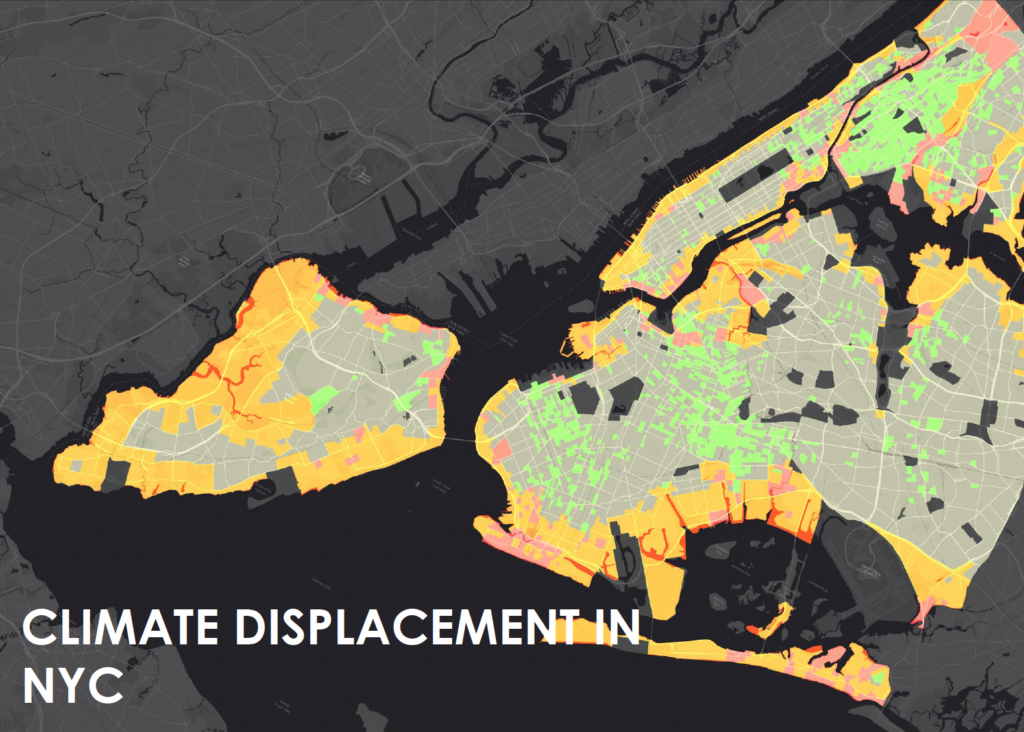
CLIMATE DISPLACEMENT
Forty percent of residents in New York City are at risk of displacement from the primary or secondary impacts of climate hazards (Rebuild by Design + Milliman).
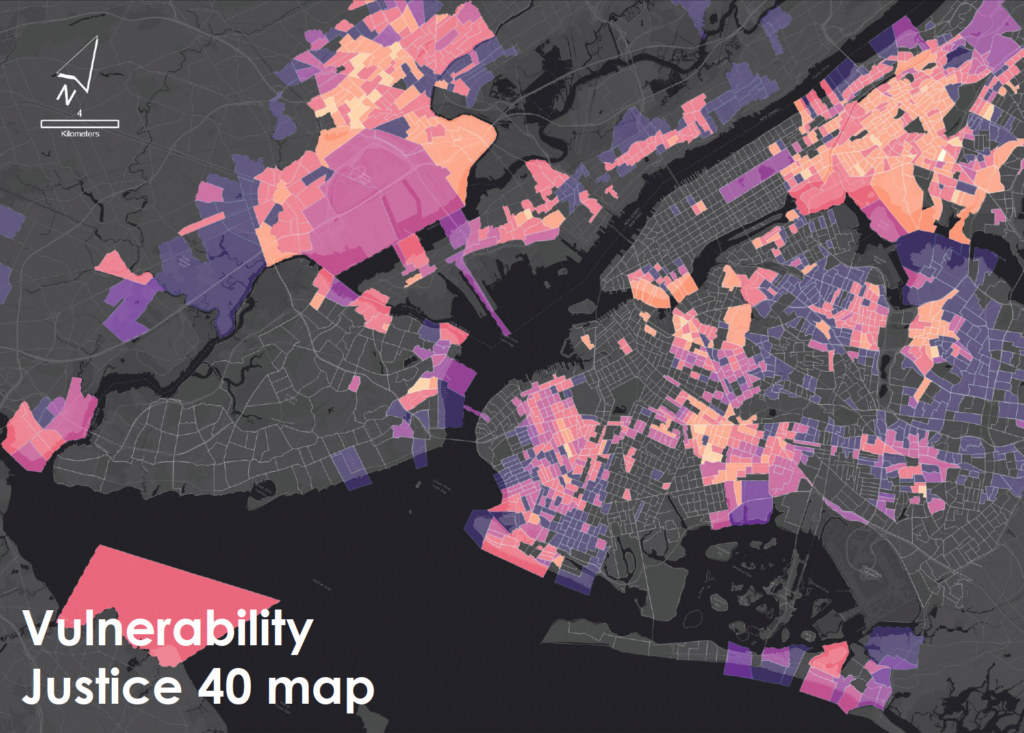
SOCIAL VULNERABILITY
Among those, most vulnerable to direct displacement from climate impacts, 40% are people living below the federal poverty threshold and 65% are people of color .

STORMWATER
New York City is projected to experience as much as 25% more annual rainfall than today, and a 50% increase in the number of days with more than one inch of rain by the end of the century (NPCC3).
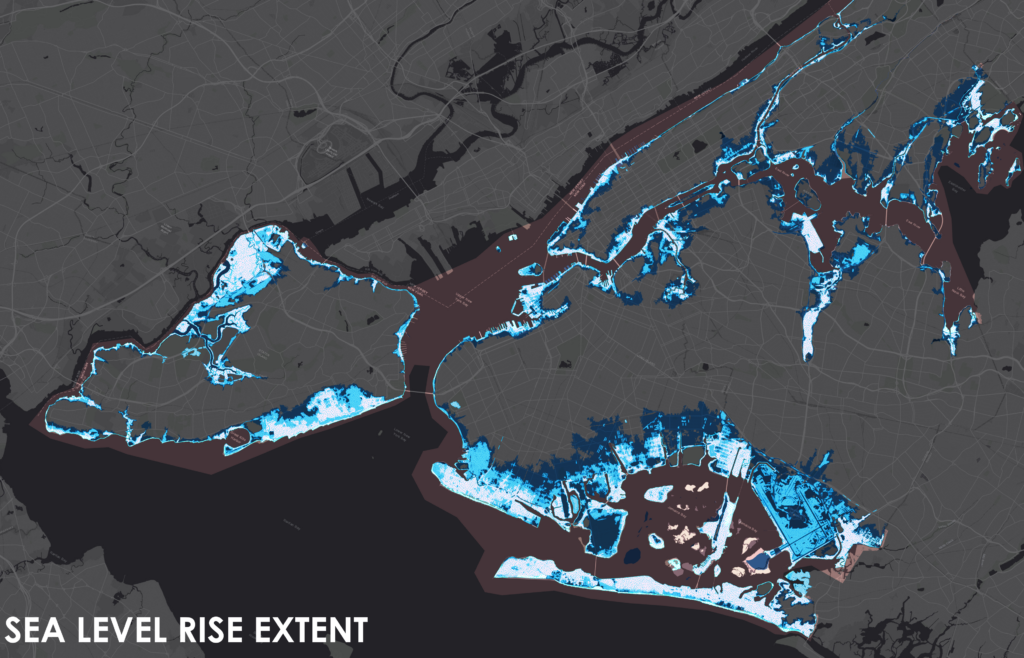
STORM SURGE + SEA LEVEL RISE
1.3 million New Yorkers currently live directly within or adjacent to the coastal floodplain. Without adaptation interventions, this could rise to 2.2. million New Yorkers by 2100 (Rebuild by Design).
JUST RELEASED: A Graphic Novella ABOUT FLOODING AND RELOCATION
“Finding Ground” follows the experiences of a New York community impacted by flooding and the challenging conversations that emerge among neighbors. After a major storm hits, the flood forces an evacuation, and residents are confronted with a difficult decision to stay, and rebuild once again, or engage in the town’s new voluntary buyout program. Residents must ask themselves, “Can my family weather another storm? Can this relocation program help me build a better future? How can we make sure our voices are heard in future planning efforts?”. This is a story about making difficult decisions and individuals taking the initiative to plan for a future that reflects new climate realities.
This three-part graphic novella was born from a realization that blending storytelling and visual art, we can make these difficult conversations more approachable. Each chapter draws from real experiences and concerns voiced by residents, while also highlighting best practices that communities can advocate for, such as relocation services and support within buyout programs. These stories underscore the vital role of neighbors and trusted messengers in helping communities make hard decisions, heal, and move forward.
Explore the graphic novella here>>
Partners: University of Pennsylvania Weitzman School of Design and One Architecture & Urbanism
Making room for water. making room for nature. making room for our neighbors.
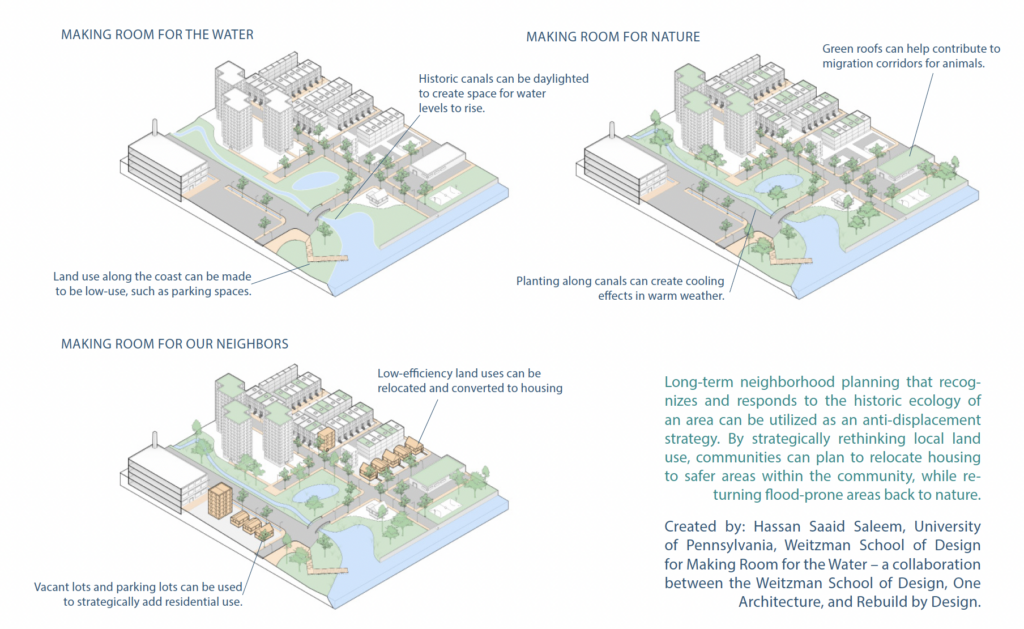
Best Practices For Voluntary Home Buyouts
In partnership with national experts in climate migration, housing buyouts, and climate adaptation, Rebuild by Design published a white paper on Best Practices for Voluntary Home Buyouts: Recommendations to NYS Office of Resilient Homes and Communities.
These recommendations were developed in response to the passage of the 2022 $4.2B New York State Environmental Bond Act, which stipulates the creation of a dedicated state buyout program. They are intended to serve as both a compilation of best practices and reference points for buyout and climate relocation programs in general, and to identify opportunities for a NYS-funded buyout program to improve upon existing post-disaster buyout programs.
Explore the recommendations on:
- Program Design
- Program Implementation
- Re-Housing Support
- Integration of Buyouts into Local Planning
- Evaluation, Assessment, and Monitoring
Meet the Experts:
Kelly Leilani Main, Buy-In Community Planning | Kristin Marcell, Climigration Network | Linda Shi, Cornell University’s Department of City and Regional Planning | Anna Weber, Natural Resources Defense Council | Shameika Hanson, The Nature Conservancy | AR Siders, Mangone Climate Change Science and Policy Hub, University of Delaware | Maggie Osthues, Climigration Network | Matthijs Bouw, One Architecture and Urbanism | Amy Chester Rebuild by Design | Johanna Lawton Rebuild by Design.
Download the Report HERE>>
THE TEAM

MATTHIJS BOUW
One Architecture and Urbanism; University of Pennsylvania Weitzman School of Design
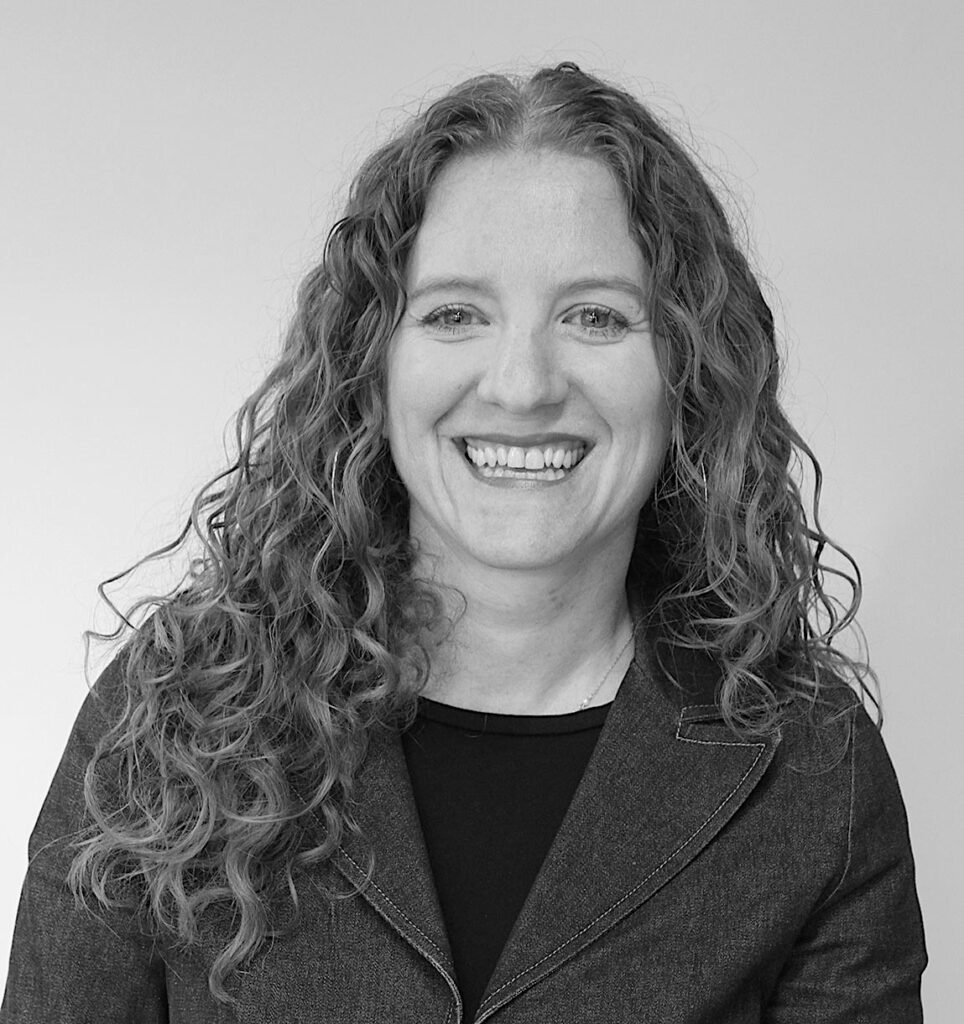
AMY CHESTER
Rebuild by Design
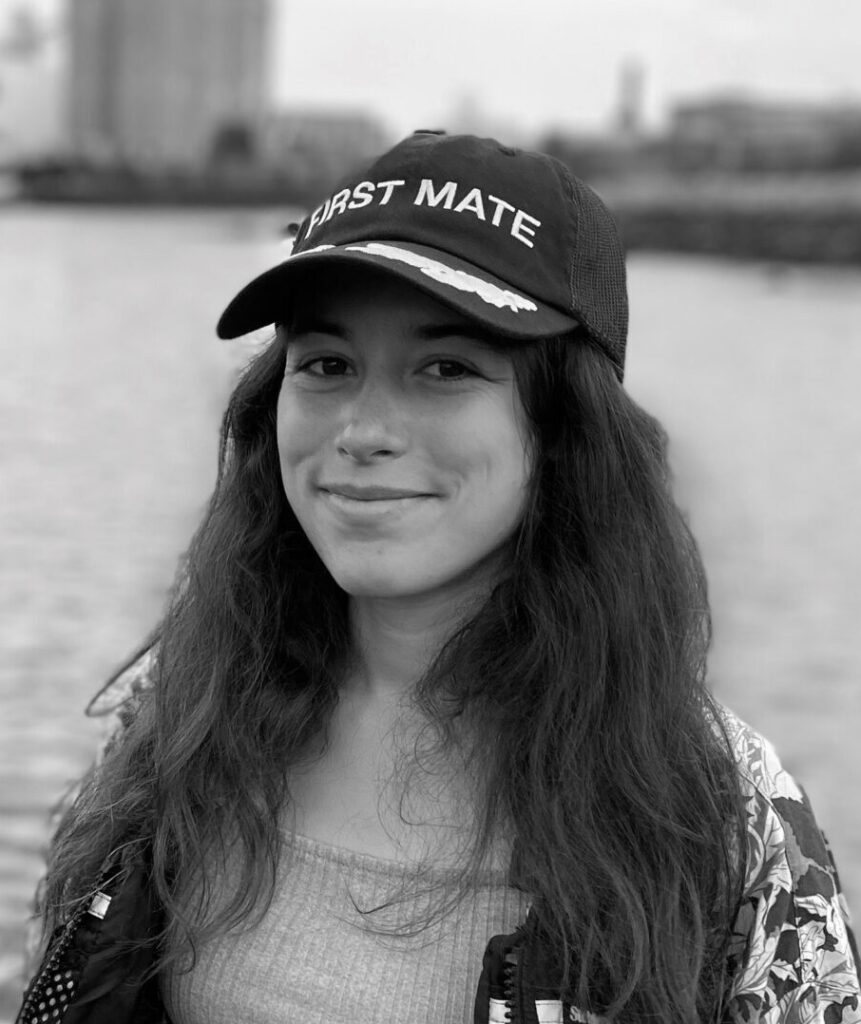
CODY HERMANN
Rebuild by Design

JOHANNA LAWTON
Rebuild by Design
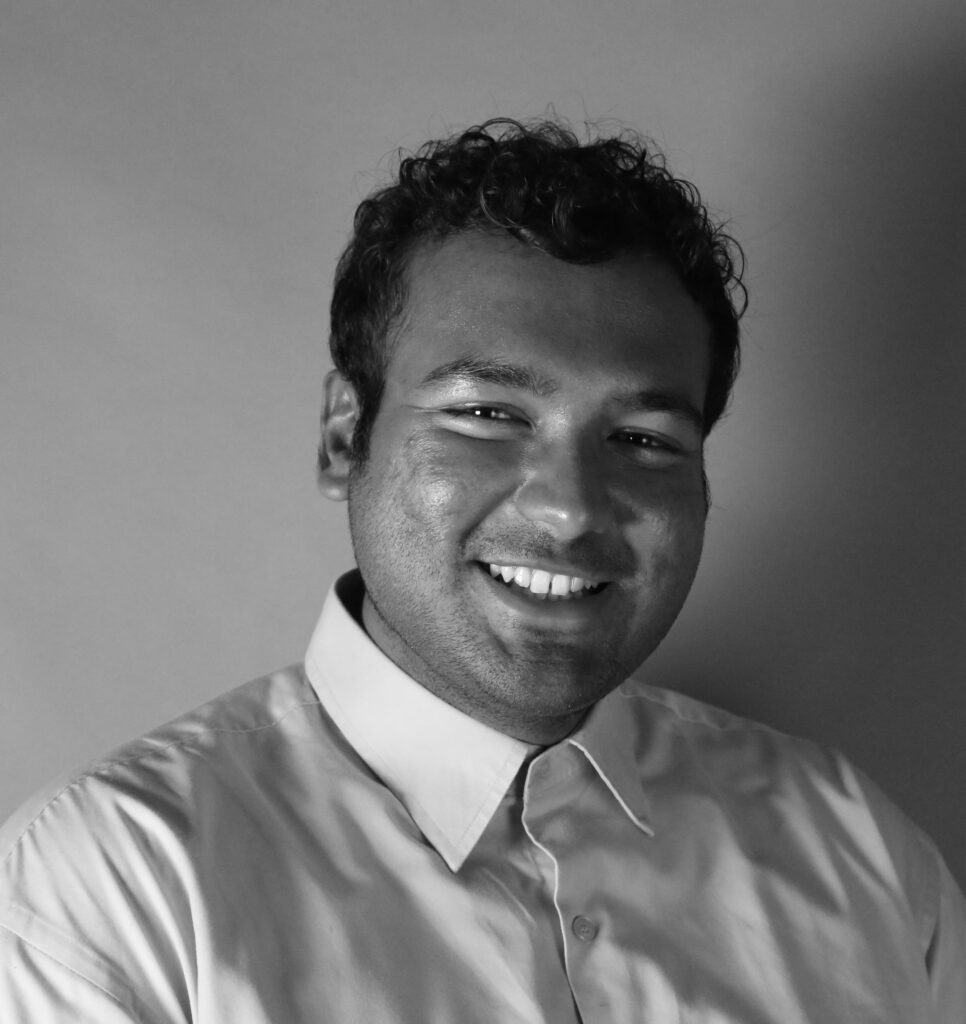
HASSAN SAAID SALEM
University of Pennsylvania Weitzman School of Design
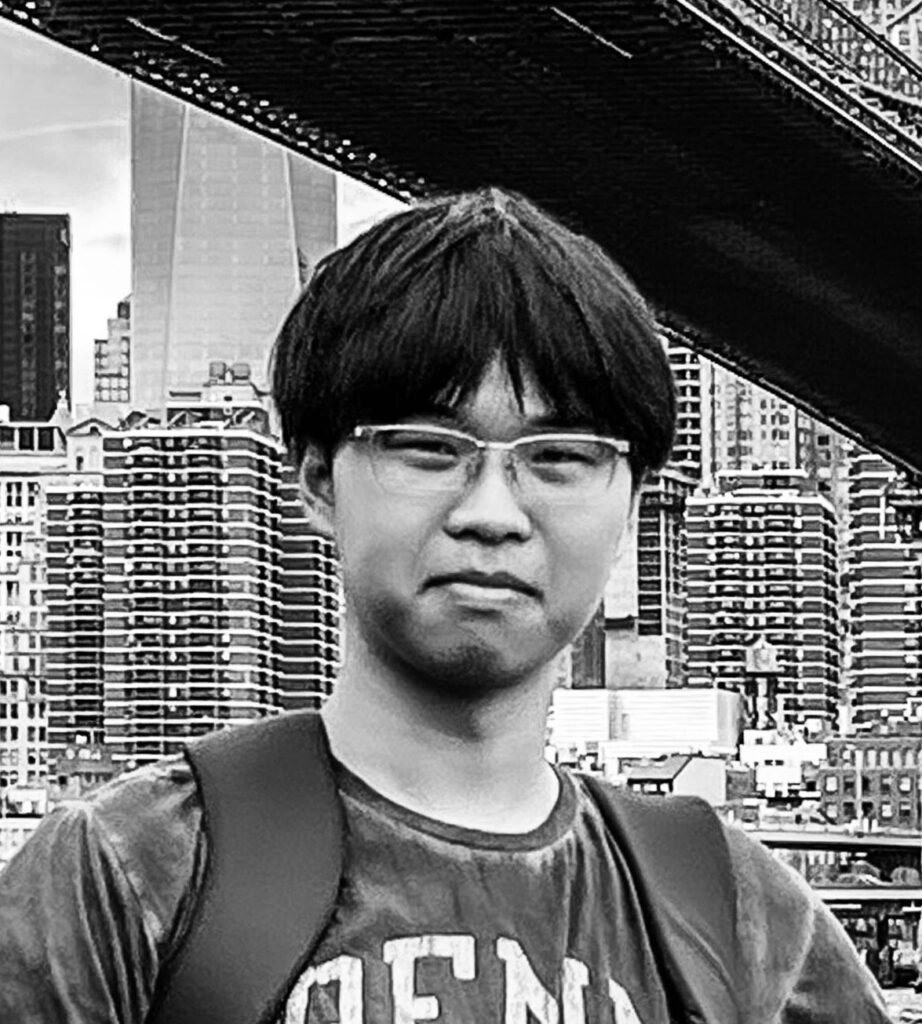
XINCHEN WEI
University of Pennsylvania Weitzman School of Design